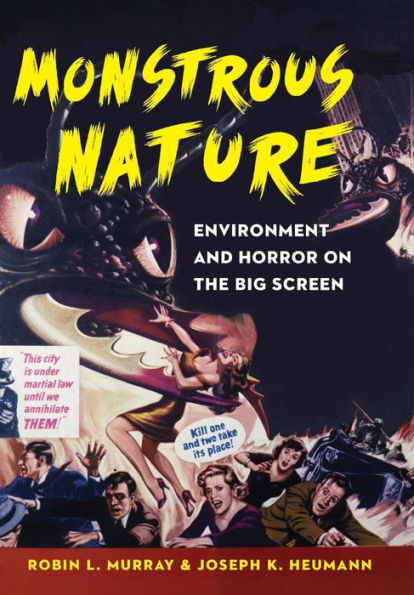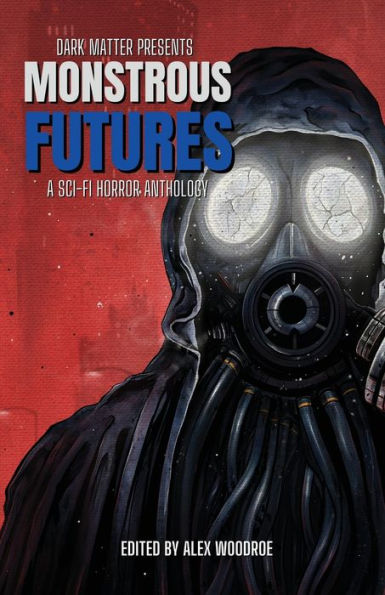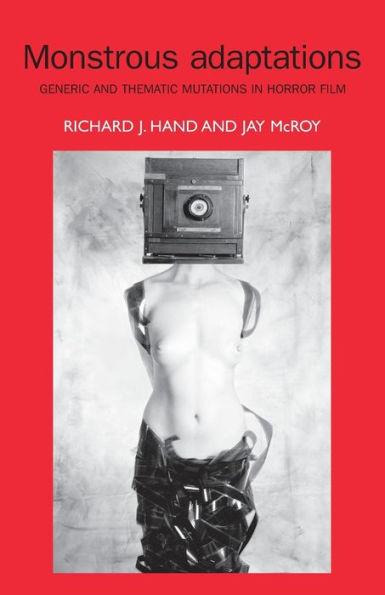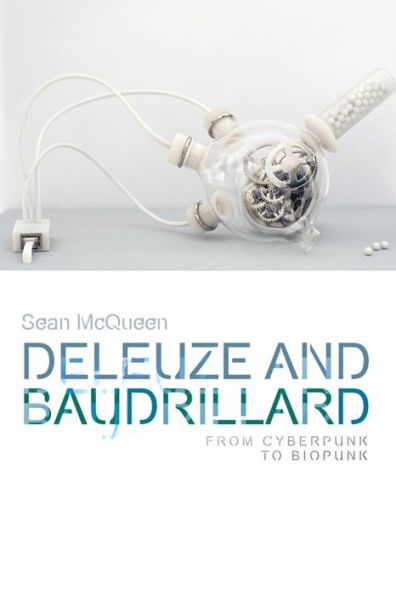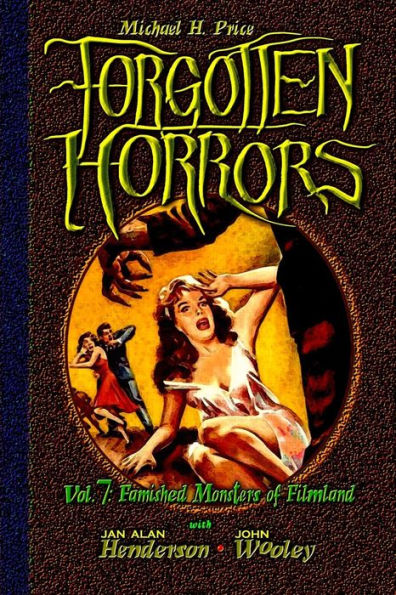Home
Deleuze and the Gynesis of Horror: From Monstrous Births to Birth Monster
Barnes and Noble
Deleuze and the Gynesis of Horror: From Monstrous Births to Birth Monster
Current price: $150.00


Barnes and Noble
Deleuze and the Gynesis of Horror: From Monstrous Births to Birth Monster
Current price: $150.00
Size: Hardcover
Loading Inventory...
*Product information may vary - to confirm product availability, pricing, shipping and return information please contact Barnes and Noble
Applying Deleuze's schizoanalytic techniques to film theory,
Deleuze and the Gynesis of Horror
demonstrates how an embodied approach to horror film analysis can help us understand how film affects its viewers and distinguish those films which reify static, hegemonic, "molar" beings from those which prompt fluid, nonbinary, "molecular" becomings. It does so by analyzing the politics of reproduction in contemporary films such as
Ex Machina; Mary Shelley's Frankenstein; Mad Max: Fury Road; the Twilight saga
; and the original
Alien
quadrilogy and its more recent prequels,
Prometheus
and
Alien: Covenant
.
Author Sunny Hawkins argues that films which promote a "monstrous philosophy" of qualitative, affirmative difference as difference-in-itself, and which tend to be more molecular than molar in their expressions, can help us trace a "line of flight" from the gender binary in the real world.
Deleuze
the Gynesis of Horror
demonstrates how the techniques of horror film - editing, sound and visual effects, lighting and colour, camera movement - work in tandem with a film's content to affect the viewer's body in ways that disrupt the sense of self as a whole, unified subject with a stable, monolithic identity and, in some cases, can serve to breakdown the binary between self/Other, as we come to realize that we are none of us static, categorizable beings but are, as Henri Bergson said, "living things constantly becoming."
Deleuze and the Gynesis of Horror
demonstrates how an embodied approach to horror film analysis can help us understand how film affects its viewers and distinguish those films which reify static, hegemonic, "molar" beings from those which prompt fluid, nonbinary, "molecular" becomings. It does so by analyzing the politics of reproduction in contemporary films such as
Ex Machina; Mary Shelley's Frankenstein; Mad Max: Fury Road; the Twilight saga
; and the original
Alien
quadrilogy and its more recent prequels,
Prometheus
and
Alien: Covenant
.
Author Sunny Hawkins argues that films which promote a "monstrous philosophy" of qualitative, affirmative difference as difference-in-itself, and which tend to be more molecular than molar in their expressions, can help us trace a "line of flight" from the gender binary in the real world.
Deleuze
the Gynesis of Horror
demonstrates how the techniques of horror film - editing, sound and visual effects, lighting and colour, camera movement - work in tandem with a film's content to affect the viewer's body in ways that disrupt the sense of self as a whole, unified subject with a stable, monolithic identity and, in some cases, can serve to breakdown the binary between self/Other, as we come to realize that we are none of us static, categorizable beings but are, as Henri Bergson said, "living things constantly becoming."
